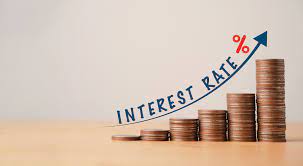The difference between fixed and floating (or variable) interest rates
Fixed Interest Rate:
Definition: With a fixed interest rate, the interest remains constant throughout the loan period.
Stability: The rate does not change, providing certainty and security.
Benefits:
Ideal for those who are good at budgeting.
Suitable for long-term planning due to certainty.
Protection against volatile market conditions.
Drawbacks:
Generally higher interest rates compared to floating rates.
Limited flexibility in prepayment options.
Example: A permanently fixed rate loan may cost you 14% interest.
Floating Interest Rate:
Definition: The interest rate fluctuates periodically based on market conditions.
Lower Rates: Normally lower than fixed rates.
Benefits:
Shorter loan repayment duration.
Savings if rates rise temporarily.
Ideal for those expecting additional loans soon.
Drawbacks:
Uncertainty due to rate fluctuations.
Not suitable for long-term budgeting.
Example: If you get a floating rate of 10.5%, while the fixed rate is 12%, you save money if the floating rate rises by up to 2.5% points.
Which is the best option for you?
Fixed Rate: If certainty and security are prime considerations.
Floating Rate: If you want potential savings and can handle short-term fluctuation
Bank & NBFC offers competitive rates on its Home Loans, making it one of the best options in the market1. 🏠💰
Remember to compare Home Loans thoroughly and choose the one that aligns with your financial goals and risk tolerance


